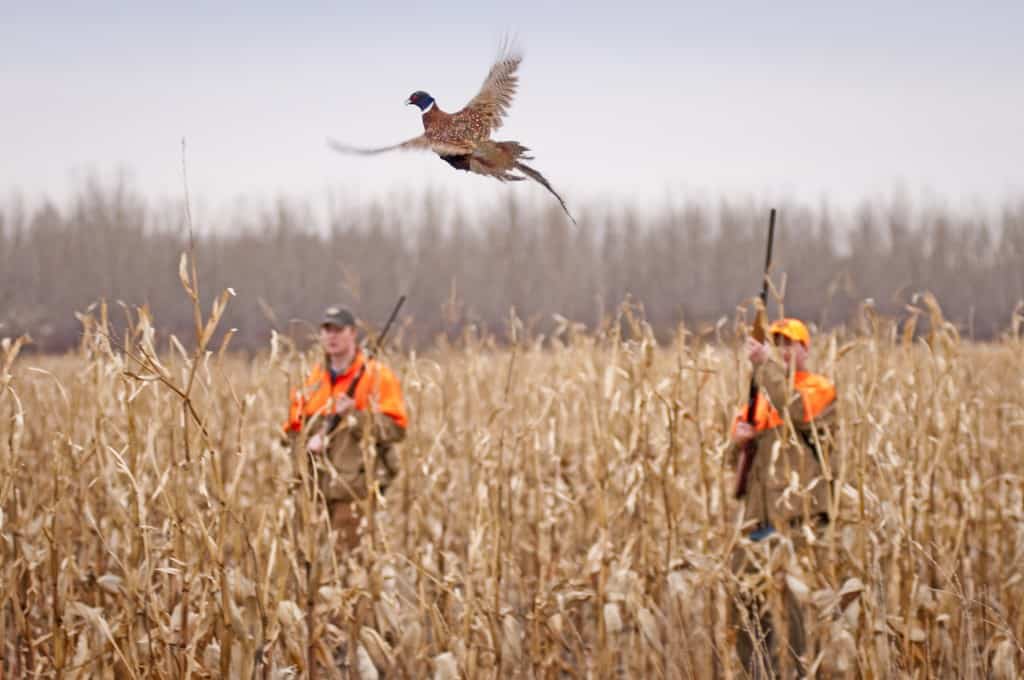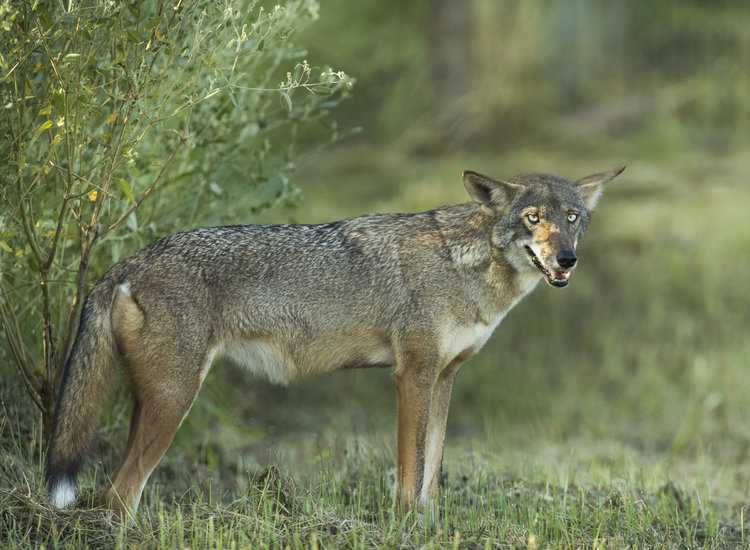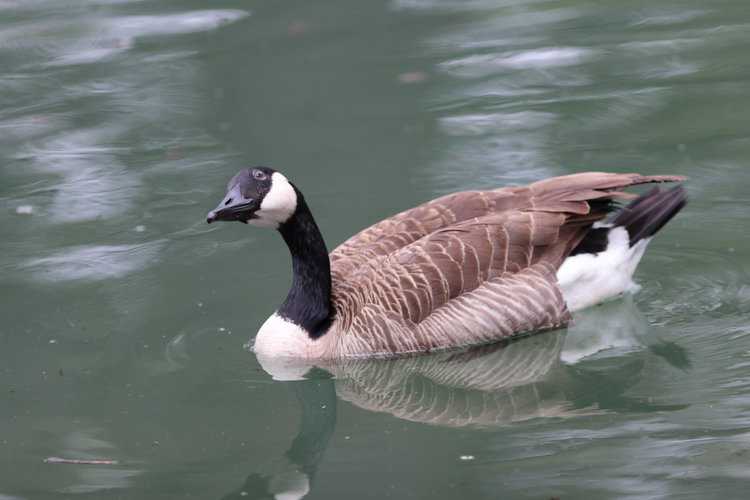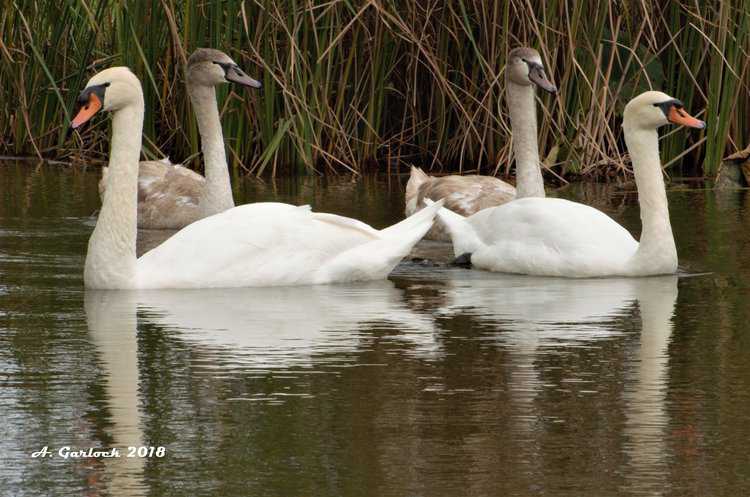Imagine my amazement this morning to see a Google advertisement inviting me to hunt wildlife in South Dakota – and I live in Switzerland! It seems that South Dakota is being promoted as the ideal tourist destination for wildlife hunting.
So I clicked on the advertisement and within a few minutes realized that wildlife hunting is a big business for the Department of Game Fish & Parks in South Dakota (GFP-SD).
Their mission and objectives state : One of the most challenging aspects of our work at GFP is managing South Dakota’s big game populations for our citizens. The most effective tool we have for management is through our hunting seasons.
Jada, posted by Gail Ulezelski
GFP-SD actively promotes licensed hunting of both wild birds and mammals with guidelines for residents and non-residents on both private and public land:
Birds – Pheasant, Grouse, Partridge, Quail, Mourning Dove (*), Snipe, Sandhill Crane (*), Wild Turkey, Ducks, Geese (*), Coot (*), Tundra Swan (**), Crow
Mammals – Coyote, Red and Gray Fox, Skunk, Raccoon, Badger, Bobcat, Opossum, Mink, Weasel, Beaver, Muskrat, Prairie Dog, Gopher, Jackrabbit, Ground Squirrel, Porcupine, Marmot, Cottontail Rabbit, Tree Squirrel
Notes:
(*) Federal waterfowl stamp is not required for Spring Light Goose, Canada Goose August Management Take, Coot, Sandhill Crane, or Mourning Dove.
(**) Only hunters who applied for and received a Tundra Swan License in the lottery are eligible to hunt.
The scale of this activity is proudly published by GFP-SD in their document entitled “pheasant economics”. Apparently last year 69,120 resident hunters and 95,077 non-resident hunters spent $225.9 million in South Dakota in order to shoot 1,555,307 pheasants. It seems that your average, humble pheasant generates a “one-time” income of $145 for the population of South Dakota!

Furthermore it seems that GFP-SD has a “Pheasant Management Plan from a Social Perspective” and proudly publishes statistics demonstrating that the pheasant population is well managed and sustainable.
In 2011 the pre-season population was 6.6 million pheasants from which 1.5 million were shot by 164,197 hunters with an average of 9.5 pheasants per hunter.
An estimated 5.1 million pheasant survived with a population density of 3.55 pheasants per mile.
The surviving pheasants went on to re-produce 5.8 chicks per brood with 41 cocks per 100 hens!
I don’t think that GFP-SD has managed to study the economics and sustainability of all of the wildlife species included in their other licensed hunting programmes.
Authors Comments:
Quite frankly I’m amazed that the gleeful hunting of beautiful wild animals like Sandhill Cranes, Canada Geese, Tundra Swans, Coyotes, Fox, Squirrels, etc, etc is still perfectly legal in the state of South Dakota.
When will people realize that our wildlife population is not unlimited and is actually declining due to factors other than hunting? Hunting can only accelerate and aggravate the decline!
Would it not be better to shoot with a digital camera instead of a rifle? The challenge and the skill required with a camera is just as great. The high-resolution digital image is your benefit instead of a bleeding carcase – and the animal lives to be photographed another day by someone else.
Authors Question:
Is such indiscriminate hunting of wildlife also legalized, sanctioned and actively promoted in other States apart from South Dakota? It will be of great interest to learn whether this activity is limited to just one State or whether it is widespread.
Ken Billington
Ken, a scientist by training held various management positions in the chemical and pharmaceutical industries during his professional career, enabling him to travel extensively throughout Europe, the Americas, North Africa, Asia and Japan. Ken has always been a keen photographer and bought his first telephoto lens 10 years ago. This was the beginning of his interest in bird photography. Since then he has also become an active supporter of birding and wildlife conservation.








Leave a Reply